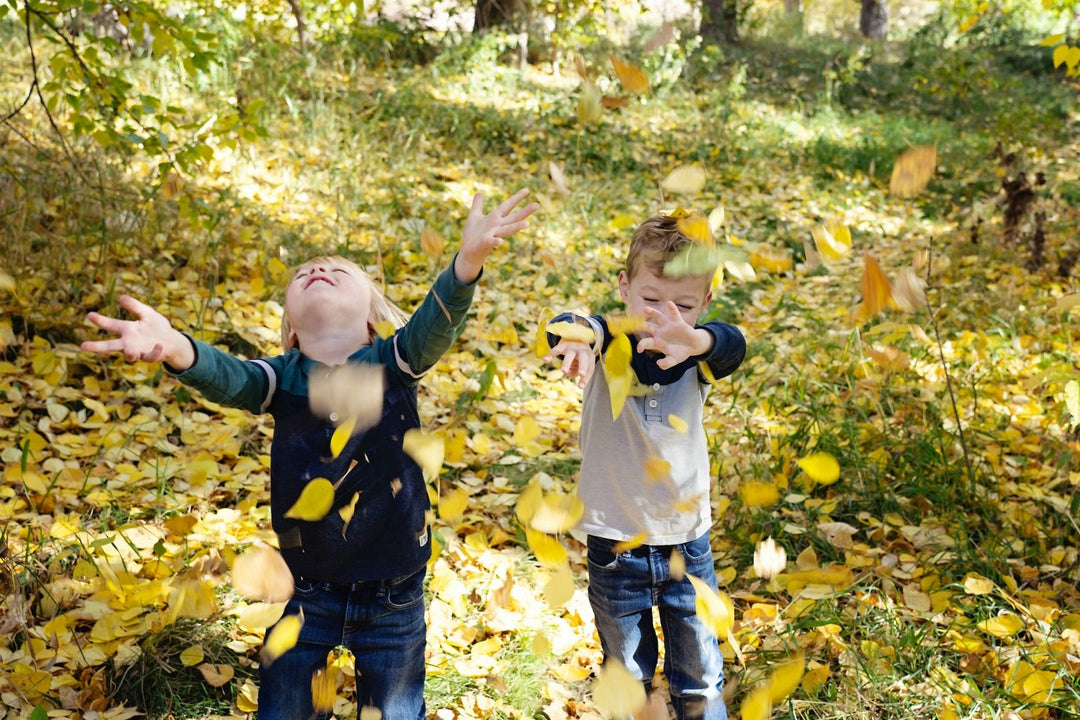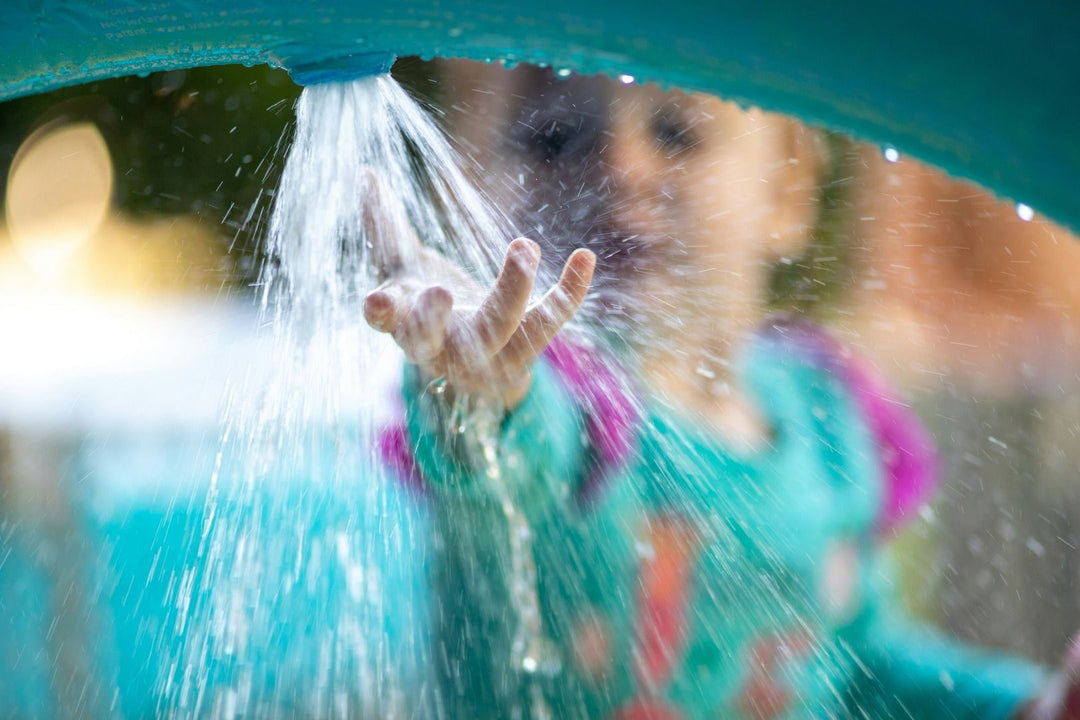The Impact of Cold Water on the Body: The Science of Winter Swimming

As winter approaches, we eagerly anticipate the opportunity to plunge into frigid lakes, pools, and even the ocean. Winter swimming, also referred to as cold water swimming, has become increasingly popular among both children and adults. While it may appear to be an exhilarating adventure, there's more to winter swimming than initially meets the eye. We will delve into the scientific aspects of children's winter swimming and how exposure to cold water affects their bodies.
Initial Response:
Upon a child's immersion in cold water, their body promptly responds to the abrupt temperature change. The skin's cold receptors transmit signals to the brain, inducing what is known as the "cold shock response." This response entails an initial gasp, rapid breathing, and an elevated heart rate. The sudden intake of breath is an instinctive reaction aimed at preparing the body for the immersion in cold water.
Vasoconstriction and Hypothermia:
Immediate consequences of cold water immersion include vasoconstriction, where the body constricts blood flow to the skin's surface and extremities to conserve heat and maintain core temperature. This leads to pallid skin and a decrease in overall body temperature. Prolonged exposure to cold water can potentially result in hypothermia, a perilous condition in which the body loses heat more rapidly than it can produce it. Hypothermia may lead to confusion, fatigue, and even loss of consciousness, underscoring the importance of close monitoring when children engage in winter swimming activities.
Cold-Induced Analgesia:
Interestingly, cold water immersion can temporarily reduce the perception of pain, inducing an analgesic effect on the body. The cold water triggers the release of endorphins, the body's natural pain-relievers, fostering a sense of euphoria and an overall feeling of well-being after the initial shock of entering cold water. It is crucial to note, however, that this analgesic effect can mask potential injuries or the true extent of cold-related damage, necessitating continued caution.
Metabolic Responses:
To counteract heat loss during winter swimming, the body initiates various metabolic responses. Shivering, for instance, serves as a natural mechanism to generate heat through rapid muscle contractions and relaxations. Shivering bolsters the body's metabolic rate, generating more energy and heat to counteract the cold. Youngsters participating in winter swimming may experience intense shivering as their bodies strive to maintain a stable core temperature.
The Immune System and Adaptation:
Regular engagement in winter swimming can have a favorable impact on the immune system. Exposure to cold water stimulates the production of white blood cells in the body, which are essential for warding off infections and enhancing overall immunity. Furthermore, repeated exposure to cold water over time can lead to physiological adaptations, such as improved circulation and increased tolerance to cold. Nonetheless, it is imperative to gradually acclimate to cold water and avoid pushing young children beyond their comfort levels.
Safety Precautions:
While winter swimming can offer certain benefits for children, safety must always take precedence. Here are some vital safety precautions to keep in mind:
-
Supervision: Responsible adults experienced in winter swimming should always supervise children.
-
Gradual Adjustment: Initiate shorter durations in the water and progressively extend exposure to enable the body to acclimatize.
-
Appropriate Attire: Ensure children wear suitable swimwear designed for cold water, including wetsuits, gloves, and hats to retain body heat.
-
Warm-Up and Recovery: Following swimming, provide warm clothing and a warm beverage to restore body temperature and avert rapid heat loss. Zippy Kids Hooded Towels serve as ideal accessories year-round, keeping children warm after beach outings, pool sessions, baths, or lounging around the house.
-
Recognizing Warning Signs: Be vigilant for symptoms of hypothermia, such as shivering, confusion, and pale skin. If any of these signs manifest, promptly remove the child from the water.





Leave a comment